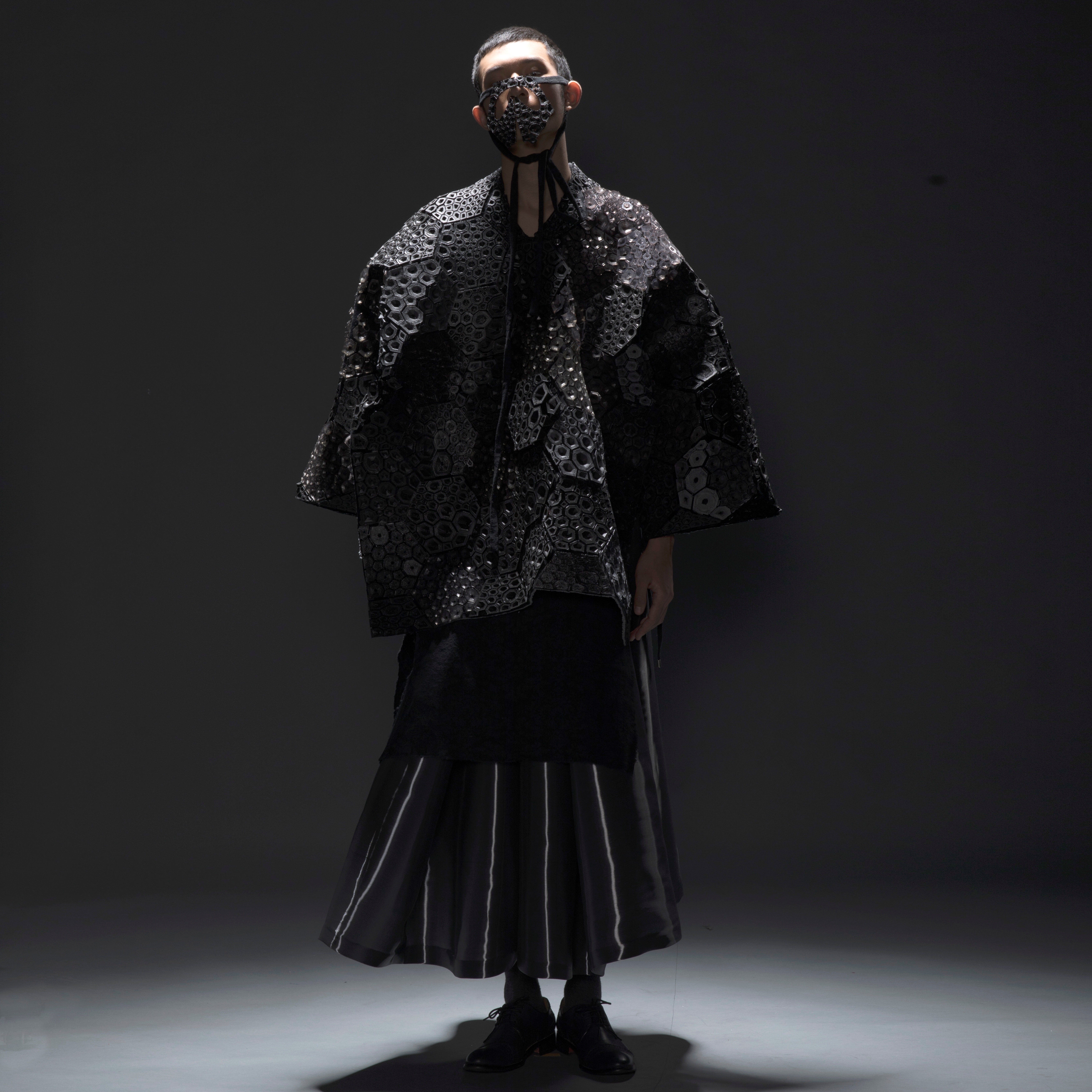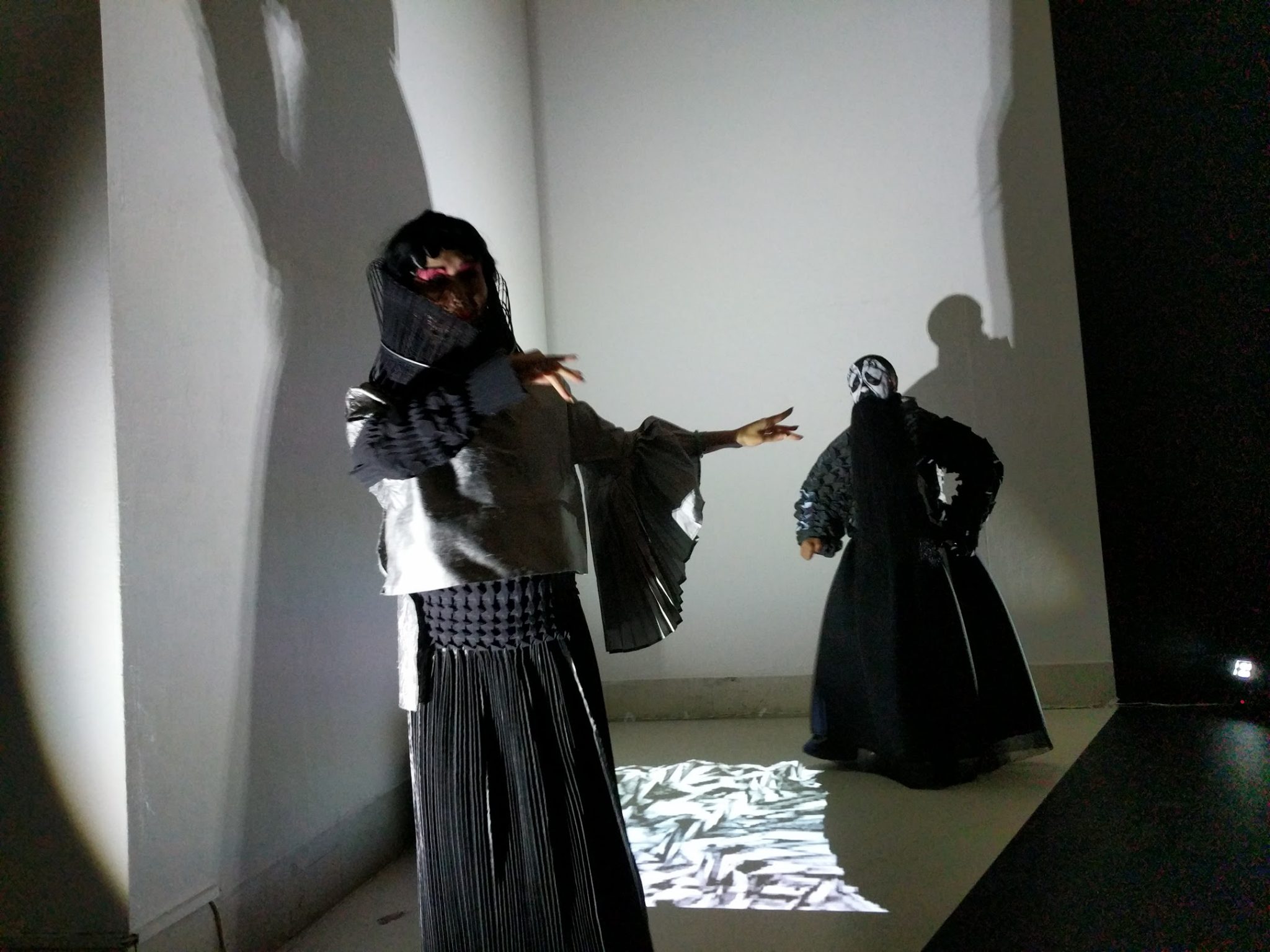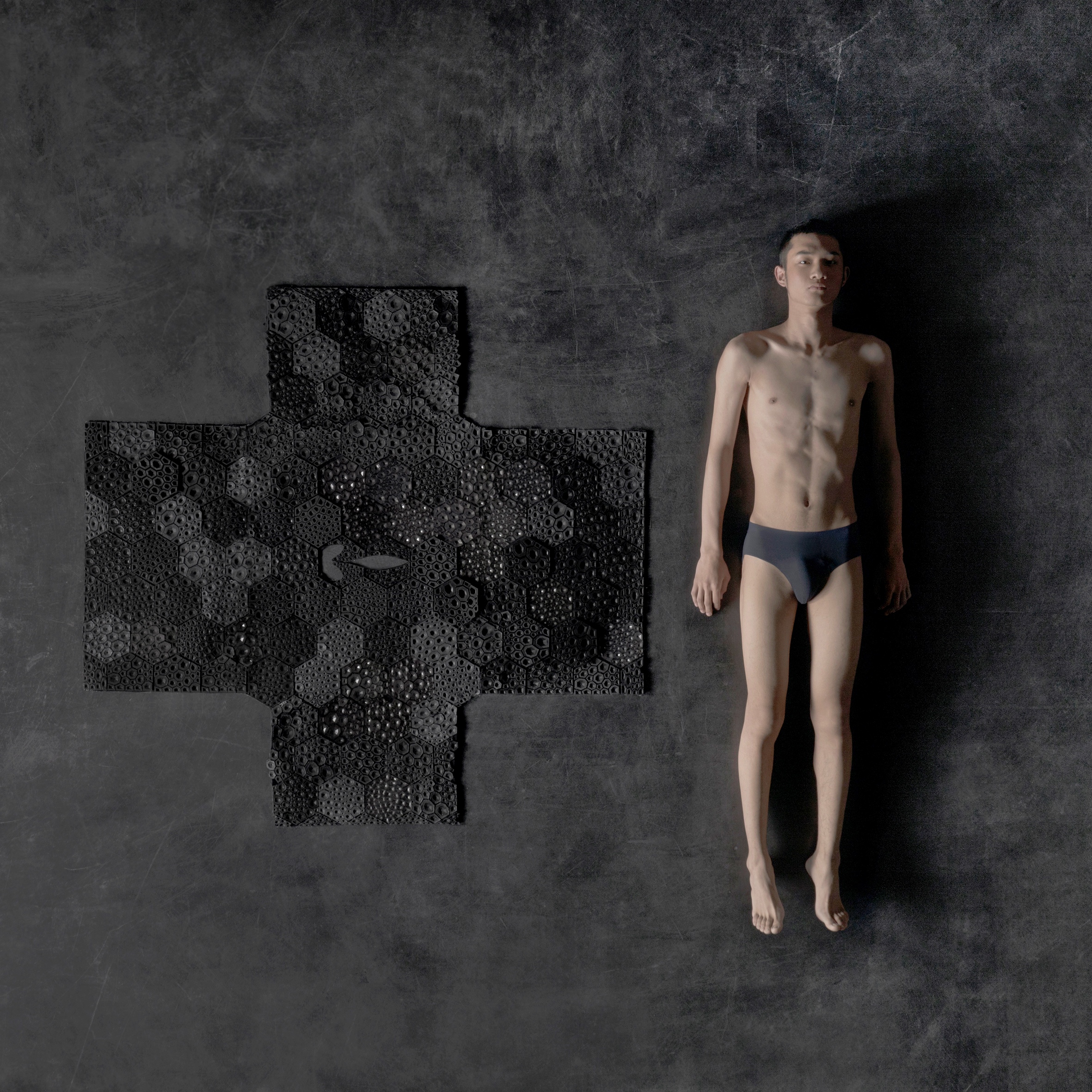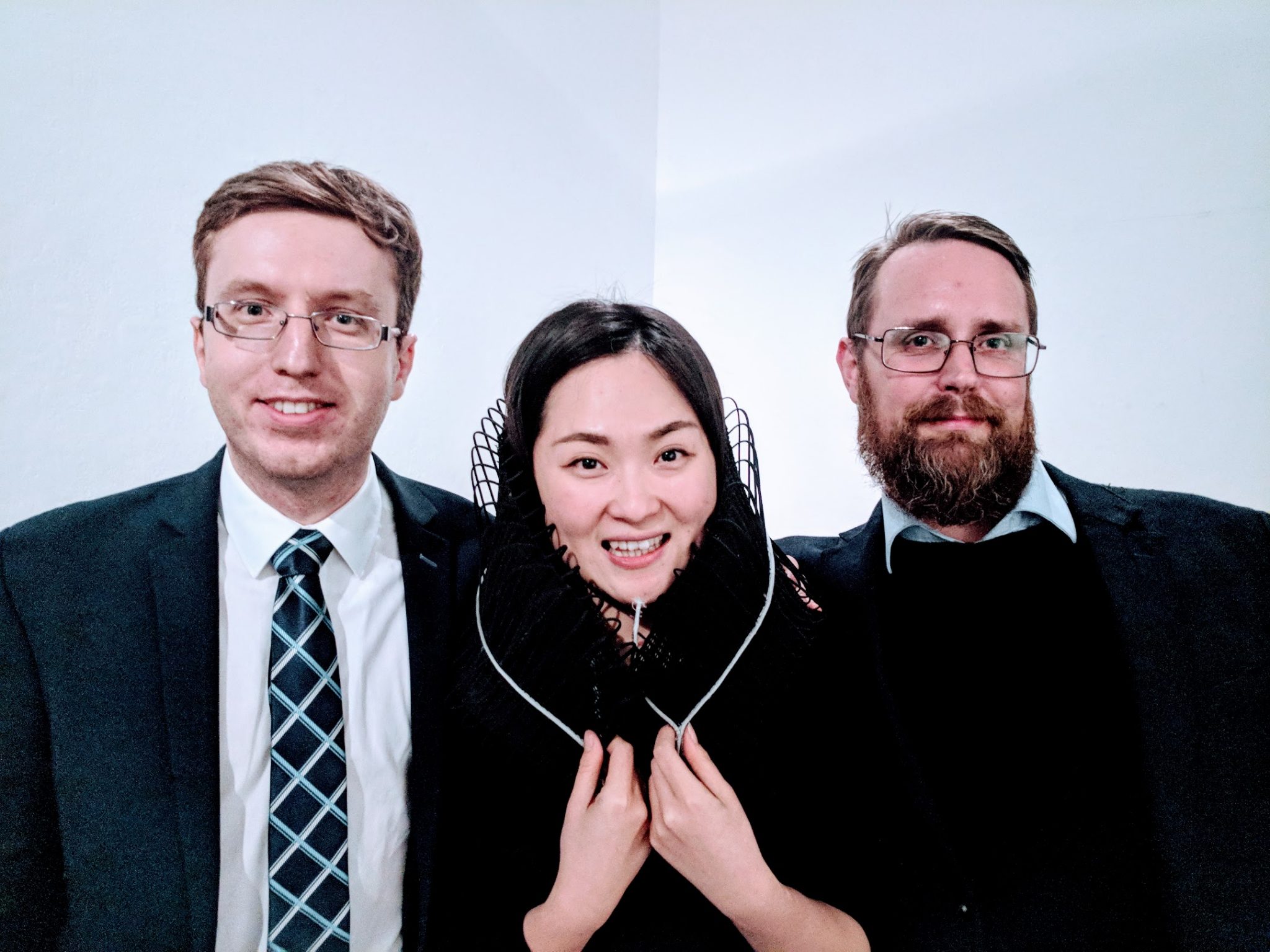Fashion designer and researcher Mingjing Lin has completed her PhD at the Royal College of Art (RCA), London, exploring the use of 3D printing in fashion and textile design. 3D Printing Industry has followed Lin’s work for some time, and her research, which began in 2014, has now been released to the public.
At the start of her research, Lin questioned whether her understandings of the human body from a fashion and textile perspective could contribute to new outcomes in the use of digital tools, and held an interest in the application of 3D printing techniques within fashion and textiles. Six years later, Lin has now completed her research in this area and has drawn several conclusions from her experimentations.
“Specifically, I am proposing that fashion and textiles designers can embed our knowledge of complex body shape and body movement, as well as the sensibility of the tactile materials, into the application of these digital tools for creating intricate, fluid, and drapeable designs,” she said.
“The main conclusion is that the human body matters in my experiences of using 3D printing and parametric modeling.”

Achieving fluidity through 3D printed textiles
According to Lin, accomplishing fluidity in 3D printed textiles involved innovating 3D modeling through the design of new algorithms. In 2017, Lin showcased the work of her Fold-the-Interfashionality project through a Beijing Opera performance at the RCA.
Sponsored by SLS 3D printing company, Sinterit, Lin was the first to use the company’s new TPU FLEXA (BLACK) material in the manufacturing of the performers’ garments, one of the most flexible materials available at the time. The year prior, Lin put on another live performance titled Interfashionality, in which she combined 3D printing, Chinese Qipao, and physical performance.
“I was interested in using physical performance, such as the two live performances Interfashionality and Fold-the-Interfashionality, rather than presenting the 3D printed fabrics only through static images and exhibitions, because using performance still refers to the main conclusion ‘body matters’,” Lin explained. “I wanted to scrutinize the interactions between the 3D printed design and the real human body; I wanted to know, what does the body feel when wearing a 3D printed design?”

Parametric thinking and design
Building on the definitions of parametric modeling from architectural scholars outlined in her thesis, Lin’s research led her to conclude her own definitions of parametric thinking 2.0 and parametric design 2.0, two elements which she employed throughout her work.
Parametric thinking 2.0 refers to an emphasis on the awareness of the human body and its relevance during the designing and making of algorithm-based 3D printed textiles and fashion. In addition to scrutinizing the application of 3D printed textiles in a fluid and bodily context, this thought process aims to bridge conflicts between interdisciplinary and intercultural contexts, such as East and West, and tradition and modernity.
The physical outcomes of this thought process, such as the designing, modeling, making, and performing of the 3D printed outcomes, are considered Parametric Design 2.0.
“Parametric Design 2.0 is not about using parametric tools and parametric modeling software to create architectural forms; nor is it about separating fashion and textile design and making from the use of parametric design, but rather about encompassing fashion and textile hands-on knowledge and considering body shape and movement in the development of parametric and 3D printed designs,” Lin said.

Combining tradition and modern techniques
As Lin points out, she isn’t the first to merge tradition with modern techniques, with the likes of Iris van Herpen, Issay Miyake, and Julia Koerner, already utilizing 3D printing in this area. Lin believes her studying backgrounds in both China and London has encouraged fluid thinking within her work when contemplating the mediation of opposites.
She explained: “The reason why I am particularly interested in this approach is that my studying and learning backgrounds made me realize that creativity in my practice emerges not from a separation between modernity and tradition, digital making and hand-making, but from the conflation, mediation, or integration of dissimilar, or even opposing, elements.”
The blending of tradition and modernity, replicated by the use of 3D printed costumes in the Beijing Opera performance, goes some way to showing that new technologies needn’t replace those which are existing in the development of fashion and textiles, but can instead complement and enhance what is already there.

The future of 3D printed textiles
Lin is currently working with her previous colleague at the RCA, Dr. Tsai-chun Huang, an assistant professor at the Hong Kong Polytechnic University, on a developed project of Fold-the-Interfashionality. Her work is focusing on discussing cultural exchange and will continue to use 3D printing, pleating, and parametric design to create fluid textiles for physical performance.
“In terms of 3D printing, I am interested to learn more about material and technique innovation, such as bioprinting, functional cellulose, and softer materials,” she said. “I will be keen to collaborate with material scientists and engineers to explore the potentials of 3D printing in wearables.”
You can read the rest of Lin’s research in her thesis, titled: “Interfashionality: Body-oriented Parametric Design and Parametric Thinking 2.0 for 3D-printed Textiles and Fashion”.
Subscribe to the 3D Printing Industry newsletter for the latest news in additive manufacturing. You can also stay connected by following us on Twitter and liking us on Facebook.
Be sure to subscribe to the Another Dimension podcast on your chosen podcast player to make sure you never miss an episode.
Looking for a career in additive manufacturing? Visit 3D Printing Jobs for a selection of roles in the industry.
Featured image shows accomplishing fluidity in 3D printed textiles involved innovating 3D modeling through the design of new algorithms. Image via Mingjing Lin.



